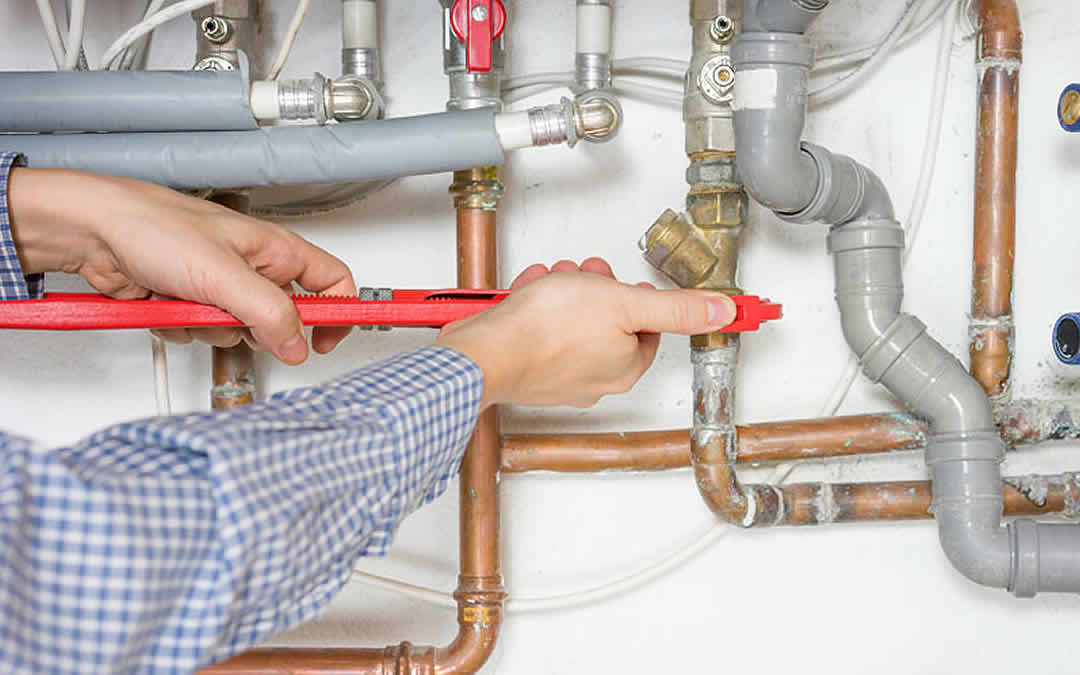Preventive Measures to Halt Everyday Plumbing Problems in Your Home
Preventive Measures to Halt Everyday Plumbing Problems in Your Home
Blog Article
Are you currently searching for ideas concerning Expert Tips for Preventing Common Plumbing Issues?

Introduction
Keeping a practical plumbing system is important for a comfy home. By taking preventive measures, you can stay clear of typical plumbing concerns that may interrupt your every day life and incur pricey repair services.
Monitor Water Stress
Keep an eye on your water stress to avoid tension on your pipes and devices. High water pressure can cause leakages and damage gradually. Consider mounting a pressure regulatory authority to maintain optimum water stress throughout your home.
Enlighten Household Members
Educate everybody in your house about appropriate plumbing practices. Instruct them what must and should not be flushed or taken care of away to stop avoidable plumbing issues.
Secure Pipelines from Cold
Throughout cold weather, take steps to avoid your pipes from freezing. Protect subjected pipelines, specifically those in unheated locations like cellars and attics. Allow taps to trickle throughout freezing temperature levels to prevent water from freezing in the pipes.
Address Leakages Promptly
Deal with any type of leaks or drips as quickly as you see them. Also small leaks can waste water and trigger damage to your home over time. Tighten up loose fittings or replace worn-out seals to prevent leakages from worsening.
Normal Upkeep Checks
On a regular basis evaluating your plumbing system is essential for recognizing possible concerns prior to they intensify. Inspect pipes, faucets, commodes, and appliances for leakages, rust, or indications of deterioration.
View What You Flush
Bear in mind what you flush down your commodes. Stay clear of purging items such as wipes, cotton rounds, hygienic items, and paper towels, as these can trigger obstructions and backups in your pipes.
Appropriate Disposal of Grease and Food Waste
Dispose of oil, oils, and food scraps effectively to stop accumulation in your pipelines. Avoid putting oil down the tubes, as it can strengthen and create obstructions. Utilize a strainer in your cooking area sink to capture food fragments and vacant it routinely.
Be Mild with Plumbing Components
Prevent using excessive force when operating plumbing components such as faucets and valves. Rough handling can cause deterioration, bring about leaks and other malfunctions.
Regular Drain Cleansing
Arrange regular drainpipe cleansing to stop buildup of hair, soap residue, and various other particles. Utilize a drainpipe snake or enzymatic cleaner to eliminate obstructions and preserve smooth drainage.
Set Up Water Softeners
Consider mounting a water softener if you have tough water. Hard water can create mineral build-up in your pipelines and home appliances, leading to decreased water circulation and effectiveness.
Conclusion
Protecting against typical plumbing issues in your house needs diligence and normal upkeep. By following these safety nets, you can ensure that your plumbing system runs efficiently and stay clear of pricey fixings in the future.
Expert Tips for Preventing Common Plumbing Issues
Keep Drains Clear and Functional
Regularly clean drain covers and hair-catching devices to eliminate debris and prevent buildup. Avoid disposing of grease, oil, or coffee grounds down your drains, as they can congeal and accumulate over time, creating obstructions. Consider using a biodegradable drain cleaner periodically to break down organic matter and maintain clear pipes. Prevent and Identify Leaks Early
Regularly inspect visible plumbing connections, pipes, and fixtures for signs of moisture or corrosion. Fix loose connections or replace damaged components as needed. Install water leak sensors in high-risk areas such as under sinks, near water heaters, and around washing machines to provide early warning of potential leaks. Monitor your water bill for sudden increases in usage, which may indicate a hidden water leak. Protect Plumbing from Freezing Temperatures
Allow faucets to drip slightly during extremely cold weather to prevent freezing and pressure buildup inside the pipes. Seal gaps and openings in walls, doors, and windows near plumbing to prevent drafts from reaching your pipes. Maintain Optimal Water Heater Performance
Schedule annual professional maintenance of your water heater, including checking pressure-relief valves, flushing sediment buildup, and inspecting for corrosion or leaks. Maintain the manufacturer-recommended temperature setting, typically around 120°F (49°C), to optimize energy efficiency and prevent scalding. Consider installing an expansion tank in your system if you have a closed-loop water supply, which prevents excessive pressure buildup and potential water heater failure. https://www.climatecontrolkc.com/blog/plumbing/tips-for-preventing-plumbing-issues/

Hopefully you liked our section on Common Plumbing Problems and How to Prevent Them. Thank you for taking the time to browse our posting. Sharing is good. Helping others is fun. I thank you for reading our article about How to Deal With and Prevent Common Plumbing Problems.
Browse Website Report this page